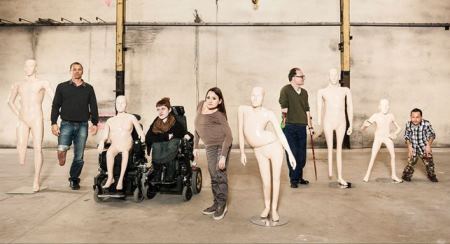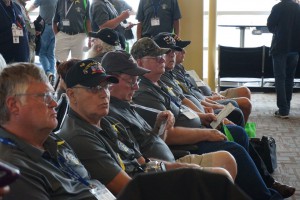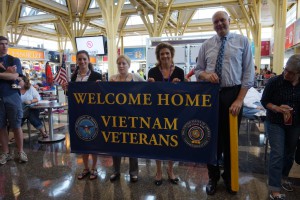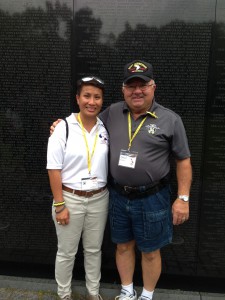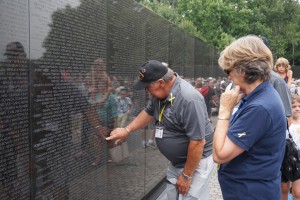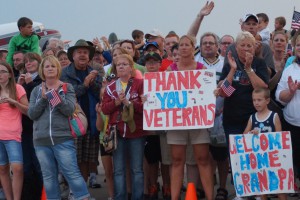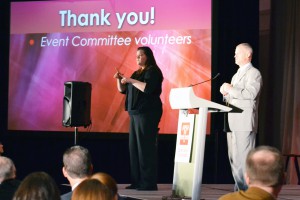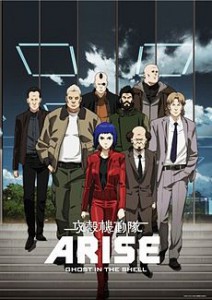by Beth Finke
Robin Williams’ death on Monday has brought mental health issues to the forefront, and a guest blogger who wishes to remain anonymous has generously offered to provide personal insight on the subject. Here’s the post:
The tragic death of Robin Williams and the reveal about his severe depression has left me reliving my own depression and the struggles I made back then (and continue to make today) to function and, well, keep going on.
I was first officially diagnosed with depression when I was 16 years old. If you’d looked at me then, you would have just seen a teenage white girl, living in suburbia with her loving family and with very little cares in the world beyond getting on honor roll once again. I was told by multiple people I had no reason to be depressed. Just smile. Just stop being sad. Just stop being dramatic. Just get over It.
I did not just get over it. At 17, I was contemplating ending my own life.
I didn’t necessarily have a method or an idea how to do it, but I wanted to cease to be. Maybe my life on paper looked idyllic, but that didn’t mean internally I was ok. I hated myself. I hated how I looked, I hated my school, I hated my family, I hated what made me who I was. Let me repeat that: every day, I hated the foundation that made me into the person I am. I hated the very fundamental things of myself. I was a giant ball of anger and despair.
Worse, for a period of time, even though I had been diagnosed with depression, I wasn’t getting the help I needed. That’s because a family member refused to believe I had depression. Perhaps they saw it as a failure on their part. Perhaps since it never happened to them, it couldn’t happen to me.
Hatred was the last emotion I experienced then, and eventually that hatred and sadness turned into numbness. Events that were supposed to make me happy didn’t. Events that were supposed to make me angry did nothing. I was no better than a ghost haunting the hallways of my family home, just wishing to move on but having no idea how.
I eventually moved onto college and started engaging in bad behavior. Underage drinking. Partying. Video Games where I would play for 18 hours a day and forget to eat. Questionable boys. Skipping class. No drugs, fortunately. I just needed something to take the edge off the numbness.
No one said a word about my behavior, because when things were darkest, I didn’t let anyone in. I presented a pretty convincing mask anytime I summoned the energy to be around people. All of this was minor at first, but with more bad decisions and the numbness of not having to feel the pain of my mistakes, I began to lose more and more. I ultimately lost a very dear friendship, and that’s when the weight of it all crashed down on me. I needed help.
It was rather surreal how easily I could get the therapy and medication I needed. I went to the doctor, said I was feeling a little blue and left with a prescription. I tried therapy and medication for a while, but they didn’t stop me from making bad decisions. The numbness didn’t go away, either, so I quit the medication cold turkey.
After a particularly difficult life event, I started self-medicating the numbness and pain away again. And then one night, when I was blackout drunk, I almost got hit by a car. That’s when I finally realized. I couldn’t keep living like this. I needed to either get things over with or get off the can, as my father would sagely say. So I got off the can.
I wish I could give a happy ending to this post, but like most things, everything is a process towards a goal. I stopped drinking for the most part, stopped partying and made a lot of apologies to people I forced away. Most have not forgiven me, and I don’t blame them.
I was seeing a therapist, but multiple times, my sessions got cut off right when we were making progress. And even when I had a therapist, you can’t keep them on call when a particularly dark thought lurks in at 3 a.m. I had no idea about depression and suicide hotlines at the time, so I felt truly alone.
It wasn’t until recently I realized that back then, even though it was a help to have the therapy and medication, I also needed someone I felt close to and trusted. Not just to listen to my problems, but just be that little light in my life that kept me going for one more day. Don’t let the darkness in your head consume you like it has already consumed the brilliant souls out there, Robin Williams included. There are always people who want to help you, who want to talk and listen to you and who love you for everything you are, even when you don’t. Get help.
Back to me, Beth Finke, here at Easter Seals. Easter Seals provides services and programs for mental health — in fact, mental health services is our fastest growing service area right now. We have 51 programs in 21 states, and they include services for children, adults and families. How each affiliate handles these services is different, of course, but many are focused on community. Easter Seals UCP North Carolina offers out-patient mental health services, and Easter Seals New Jersey offers many residential services. None in your state? Other national organizations can help, too. You are not alone.







